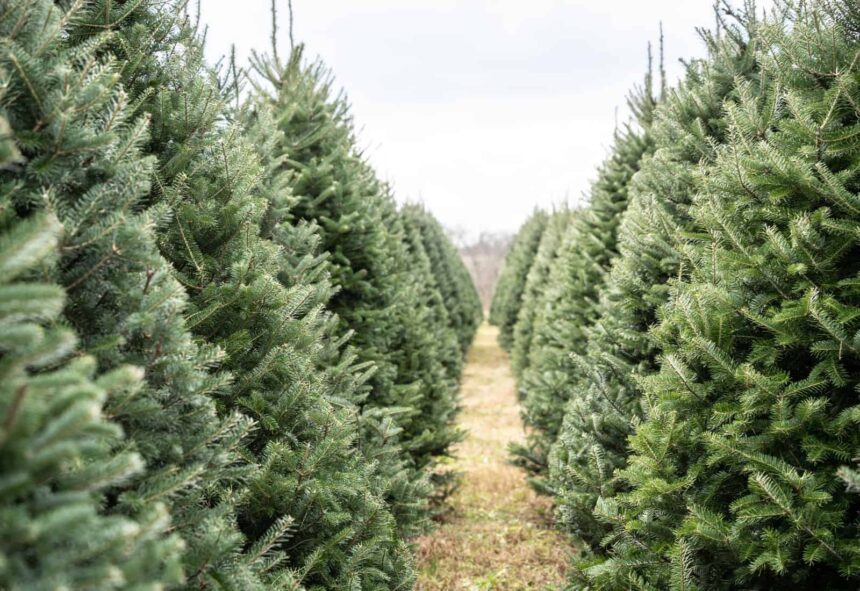The Christmas tree is the centerpiece of holiday decor and a longstanding tradition for millions of Americans. Long strings of glittering garlands, bright multicolored lights, and a variety of beautiful ornaments — often including a star at the crown of the tree — all come together to create Christmas memories as the year comes to a close.
And while the debate between whether to purchase or otherwise acquire a real Christmas tree or an artificial one is certainly not a new one, the data indicates that preferences over the past few years have driven a decisive shift in consumer preference.
More Artificial Christmas Trees Being Purchased Than Real Ones
According to The American Christmas Tree Association (ACTA), a 2023 survey indicated that 94% of those polled were planning to put up at least one Christmas tree. However, of that number, a full 77% indicated they would be installing an artificial Christmas tree, while just 23% said they would be decorating a real Christmas tree for the holiday season. It should be noted that ACTA works to represent the artificial Christmas tree industry, per USA Today.
As CNN indicated, these numbers align with a massive boom in artificial Christmas tree imports over the past decade or more. Between 2013 and 2023, imports of artificial trees to the U.S. doubled, with the bulk of these trees (90%) coming from China last year. And while real Christmas trees have seen imports increase (to 2.8 million in 2022, largely coming from Canada), approximately 30 million are harvested across America each year, per The Nature Conservancy.
Despite this trend, the Real Christmas Tree Board (RCTB) put forth its own data suggesting that people were inspired both by the scent of a real tree — “synonymous with the holiday, most people believe that until the fresh scent of a real tree arrives, it’s not truly Christmas,” the board wrote — and by the experience of picking one out for their home.
“The experience of getting a real tree is among the top childhood memories of Christmas. Beyond strengthening bonds among family and friends, it’s a tradition that can be passed down and shared for generations to come,” the RCTB concluded.
Real Christmas Trees May Be Better for the Environment, Economy
Arguments exist on both sides as to whether real Christmas trees are better for the environment or economy than their artificial equivalents.
The Nature Conservancy suggested that real Christmas trees are much better for the environment as well as the U.S. economy.
“Next, you’re supporting forests. When these natural trees are harvested for sale, there are more than ten times as many left standing! Out of the 350-500 million growing on tree farms across the U.S., only 30 million trees are harvested for Christmas each year. Buying real trees will help keep tree farms in business — and in turn keep their lands covered in the healthy forest habitat that wildlife depends on to survive,” the nonprofit stated, concluding to say that real trees are entirely recyclable.
On the other hand, as USA Today reported, artificial Christmas trees may mitigate some of the impact of their manufacture via simple longevity.
The fact that “they’re typically made from plastic derived from petroleum and the majority come from China, meaning they are transported thousands of miles in container ships, adding to their net carbon cost,” as USA Today writer Elizabeth Weise pointed out, and that these trees are not recyclable, would seem to tip the scales in favor of a return to the real Christmas tree.
However, citing study data from ACTA, Weise suggested that should an artificial tree see a lifespan of five years before being discarded, an environmental break-even point versus its living equivalent could be reached. One caveat: An earlier study from a Canadian firm suggested this figure was something closer to 20 years.
Borrowing or buying a used artificial tree before it hits the landfill could be an even greener, and fiscally prudent, move to set the Christmas mood as the season winds on.


























